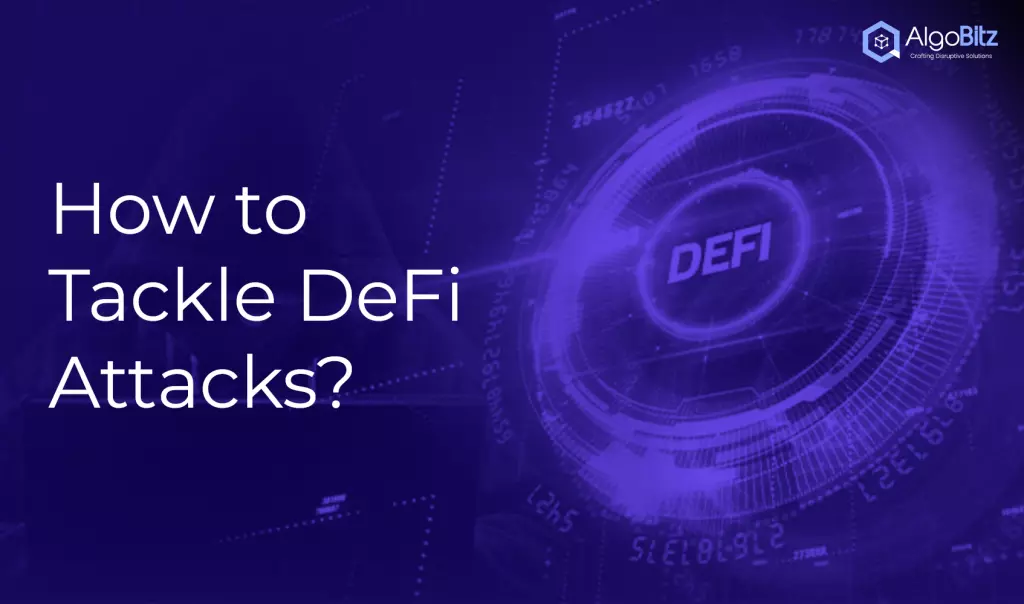Defi attacks upsurge as the industry marks meteoric growth. While the decentralised finance has a multitude of perks, it also has a lot of weaknesses.
Flaws in coding are prevalent because almost anyone can set up a DeFi protocol and develop smart contracts. Many unethical individuals are capable and willing to exploit those loopholes in DeFi. Millions of money are at stake when this happens, and users typically have little remedy.
The interconnectedness of ecosystems is yet another chink in the DeFi security armour. Cross-bridges are typically used to connect DeFi platforms, offering convenience and versatility.
While cross-bridges improve the user experience, they also connect enormous networks of distributed ledgers with differing degrees of security. DeFi hackers can use the capability of several platforms to intensify attacks on specific platforms using this multiplex arrangement. It also permits them to transfer illicit funds swiftly and effectively across numerous decentralized networks.
But there are a few steps that you can take to prevent DeFi attacks:
- COMPLETE UNIT TESTS COVERAGE
It helps to identify weaknesses and vulnerabilities early on, reducing the risk of substantial losses. As a chain is only as strong as its weakest link, remember to include “complete” unit test coverage, not merely 65 per cent or 70 per cent, or only “the most significant elements of a contract.”
- SECURITY AUDIT OF SMART CONTRACTS
Always remember how essential smart contract auditing is. Do not minimize the development time by shortening the time for audit or full test coverage. Remember, if you don’t double-check your work, the hacker will!
While a security audit does not completely protect a project from hacking attempts, it does a decent job of identifying areas for improvement that would otherwise go unnoticed in full unit test coverage.
- ADDITIONAL AUDITING
As one audit cannot identify all flaws, a secondary audit is required before project implementation. The dForce protocol, for example, could have prevented a horrifying disaster if it had audited all conceivable paths.
- UNIQUENESS CODE
Continuing with the dForce example, the dForce contract pattern has a structure similar to the preceding Compound contracts. It demonstrates that duplicating other protocols’ coding will not protect your DeFi project. When someone copies a code, they must retrofit the project’s requirements to the code, which results in gaps and incompatibilities. Future exploits will be motivated by these factors.
- TEAM OF EXPERIENCED DEVELOPERS
Even if your unit tests and security audits miss the exploits, a talented development team is critical to preventing a hack or minimizing the amount of loss.
- PROGRAMS FOR BUG BOUNTY
Finally, activate your protocol community. Engage a committed audience to assist you in reducing defects and shining. Users will be encouraged to report vulnerabilities to improve their user experience.
DeFi is undoubtedly one of the strongest crypto industries today. It is an enticing area to invest in and dramatically improve your wealth. However, nothing is spent, and nothing is won, thus, every profit confronts difficulties along the path.
As you can see, there is a long list of DeFi security inconveniences and vulnerabilities. We believe that any project manager should be aware of them and be in charge of their timely clearance.







